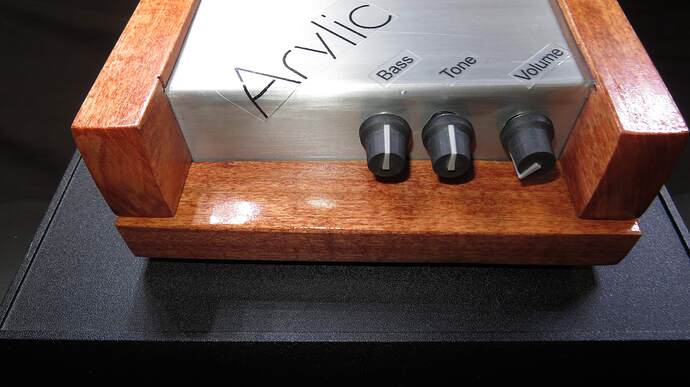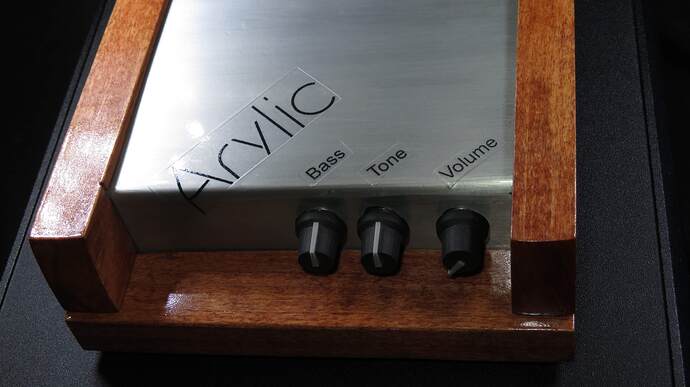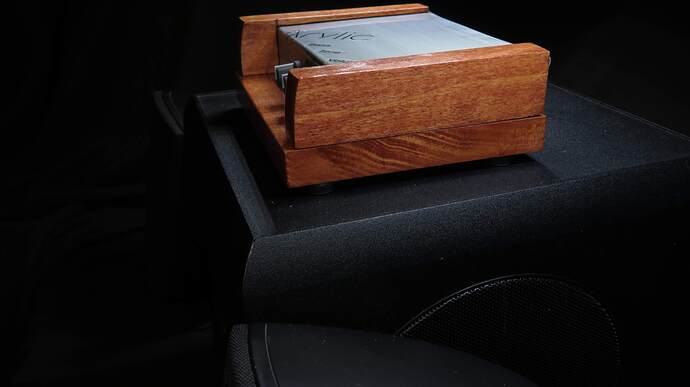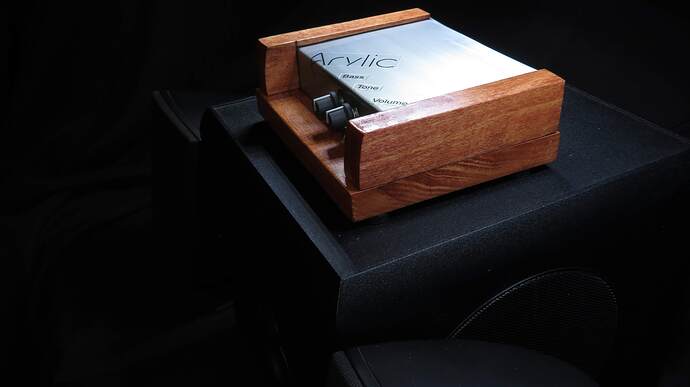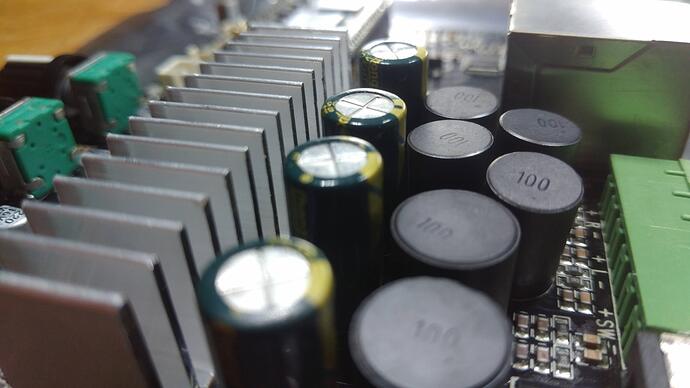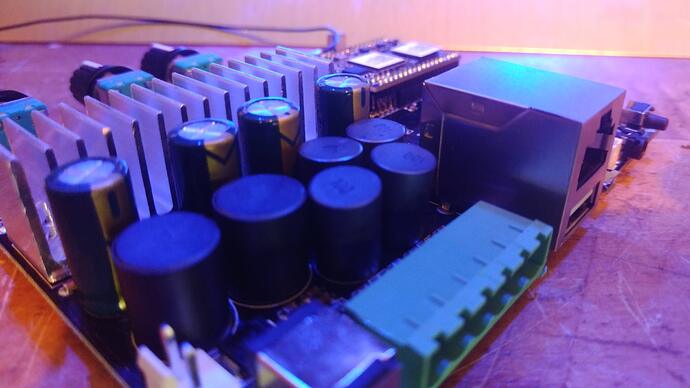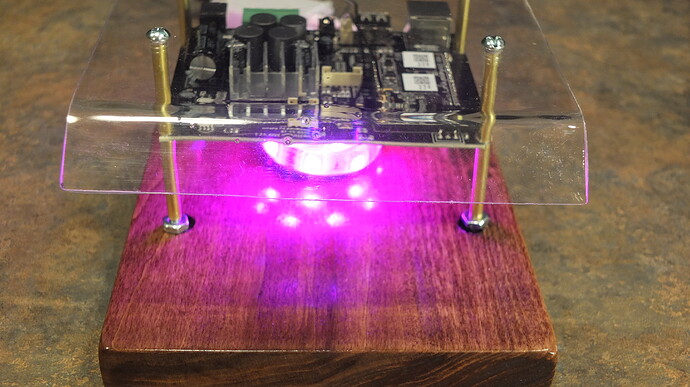Years ago I used A Klipsch 2.1 computer monitor system and I was amazed at how good those speakers sounded. A few years later I happened to find a blown set of them very inexpensive, so I purchased them and then set them aside for when I had time to work on them. Well they ended up sitting in the corner for years until I ran across the Arylic up2stream 2.1 board.
With that board I was able to easily and inexpensively revive those speakers and subwoofer so that I could enjoy using them with my home computer.
I decided to build a small external enclosure that would like nice on my desk rather then try and build the board in to the subwoofer. In this way I could have the controls right in front of me and the board would not be subjected to constant vibration of the subwoofer.
I ended up on a chassis design based on wood and aluminum with a shiny lacquer finish and I think it turned out quite nice. I will attach some pictures bellow. I have seen many other designs people have come up with and I have to say there are some fantastic ideas people have come up with to use these boards. I found the board to be quite well made and laid out nicely, so that its easy to use in the physical sense. Its easy to design into a project and that can make a real difference in the quality of the project.
The other thing that I found to be very attractive is the ease of use with this board. Arylic has made it so easy to use that you don’t have to be an electronics guru to understand and use the board. Even if you have a basic understanding of technology and electronics, you’re able to use this board safely and without worry of blowing things up. Because its so easy to use, you can spend more time on designing your project enclosure and or speakers you use in the project.
At any rate, I decided to use birch wood for the case with an aluminum panel that starts in the front and them bends up over the top of the case in order to enclose the board. This allowed me to have the knobs easily assessable on the front panel.
As for the functionality of the board, that was one of the big things that attracted me to the Arylic boards. Not only could I use this to connect to my computer with USB or Bluetooth, I could also use it in conjunction with the other Arylic boards I am using for a whole house music system that I can control from my cell phone. This type of system is far more modern that being stuck with just Bluetooth and physical connections. With this setup I use it for playing my own music library with Plexamp and I can also use any other music service I like, for example Spotify, Deezer…
In a nutshell the up2stream boards with the 4stream app is a far more modern way to handle audio in the home. I have been very pleased with the sound quality as well as the power these amps deliver. I have yet to run it a situation that the amps on these boards were unable to delivery good sound quality. I’ve used these boards with the Klipchs 2.1 computer monitors, In ceiling speakers and with some larger Mission hifi speakers and a set up Definitive BP30’s I have and they all played amazingly well.
One thing I will mention, with the Klipchs 2.1 speakers I had to use the Arylic ACP workbench in order to modify the crossover frequency for the subwoofer and I modified the output level for the sub as well. Fortunately, with the new boards Arylic are putting out you can shape the sound very accurately with the ACP workbench tool to tune the sound to what you like. In my case the sub is very inefficient, so I really had to crank the sub frequencies very high to balance the sub with the mids and highs coming from the satellites. The point is that you have a tone of flexibility and ability to really shape the sound, so you have more flexibility with the speakers and drivers you choose to use.
I did a lot of research before settling on this board and the bottom line is that I did not find anything out there that even came close to the features these Arylic boards have. With the adjustable crossover points, the sound shaping and the ability to control music with an app, these boards have it all.
I had lots of fun with this project and I made a YouTube video on how I put it all together, now my kids aren’t interested in audio but if yours are this would be a fantastic way to explore audio systems and how they work as well as how you can change the sound and performance of a system. I hope more people start playing with these and sharing their projects, Music is fun!
